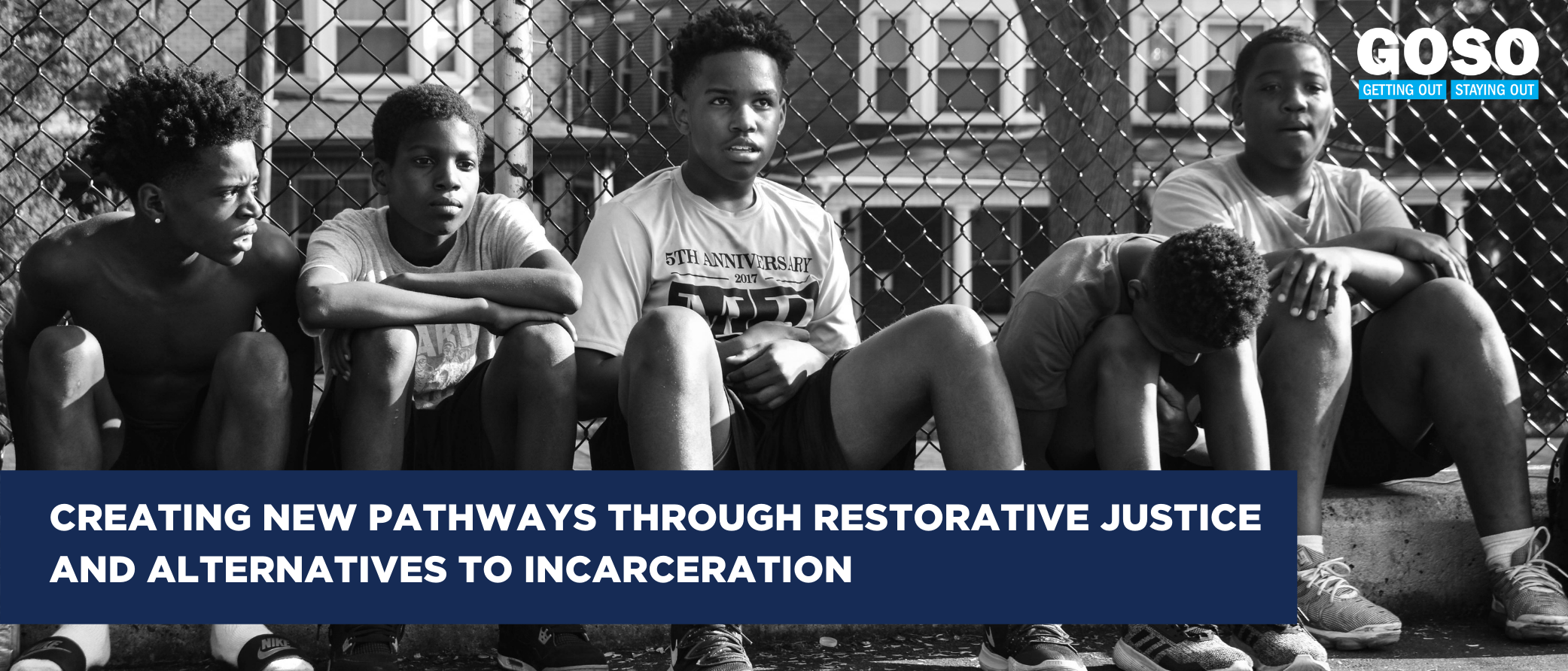We are now in the second week of Criminal Justice Awareness Month. Among the many conversations we’re having, one question that consistently comes up is, “Why is our justice system so punitive?”
The answer to this lies in our history as a nation – from the puritanism of the 1600s to the harmful stereotypes of Black and Brown men in our media today. Perhaps you remember how police detective Tony Baretta (played by Robert Blake) from the hit TV show Baretta popularized catchphrases such as, “Don’t do the crime if you can’t do the time.” Fast forward to 2021, these oversimplifications of the law coupled with negative stereotyping have led us to erroneously believe that only the guilty go to jail, and that staying out of the justice system is a function of not doing anything wrong.
The reality is that approximately 50% of the people incarcerated on Rikers Island are awaiting trial, and have not been convicted of a crime. What’s more, far too many people living with mental illness, homelessness, depression, or other challenging life circumstances are treated as criminals rather than provided with the necessary support to turn their lives around. It’s estimated that roughly 70% of youth in the juvenile justice system have a mental health condition, and 15% of incarcerated people experience homelessness the year before admission to prison. The criminalization of poverty and mental illness must cease to exist.
How lives get crushed before they really begin
From an early age, Black and Latinx children are put at a disadvantage. Last week, we talked about the school-to-prison pipeline, and how Black students are 3x more likely to be suspended or expelled than white students. In a recent Washington Post Op-Ed entitled I Was a Well-meaning White Teacher. But My Harsh Discipline Harmed Black Kids, the author lamented: “The fate of far too many American children is still in the hands of inexperienced White educators who know no better than to uphold a system that lets people slip through the cracks. ‘Zero tolerance’ disciplinary policies must be dismantled, and schools must rebuild such policies to be explicitly anti-racist.”
But the story doesn’t stop there. Once outside school, many children find themselves in neighborhoods that are over-policed (and under-protected) – which means that an encounter with the justice system is a foregone conclusion. The question isn’t “if,” but “when.” This is particularly true for individuals who are struggling with personal crises. The police aren’t trained to deal with mental health issues, for example. But the police are called upon to be the first – and often only – response when people find themselves in dire straits.
This situation creates a downward spiral for many people who are already struggling in their day-to-day lives. Being involved in the justice system is just another proverbial nail in the coffin, often aggravating mental health challenges, substance use, food insecurity, homelessness, and difficulty obtaining education and employment. Further, systemic racism adds another layer of injury for young Black and Latinx who have had encounters with the justice system.
Meet Jerome
When Jerome was 16, one day he found himself with the wrong crowd – something most teens do at some point in their lives. But on this particular day, someone in the crowd did something that led to the whole group being arrested, including Jerome. He didn’t come from a family of means, and certainly couldn’t afford the high cost of a competent attorney. But someone along the way offered Jerome a lifeline. By agreeing to an intensive therapeutic regimen, Jerome was able to avoid incarceration and was sentenced to a year of probation instead.
With GOSO’s support, Jerome received his high school diploma and even completed a semester of college, that is until financial circumstances compelled him to find stable employment. He then enrolled in GOSO’s Vocational Training Program and became certified in security; and quickly found two security jobs. But working 80 hours a week was not sustainable. Jerome eventually enrolled in GOSOWorks, which is a program that connects job-ready participants to subsidized internship-to-employment opportunities with our partner organizations across the city. Today, his goal is to find one well-paying job that will pay a living wage while also providing much-needed time to take care of his mental health. And he regularly says that “without GOSO, I wouldn’t be in the same position I am now.”
Over the years, we have worked with 250+ employer partners to place 600+ participants in GOSOWorks internships. But this isn’t just a success story. This is a testimony to the power of restorative justice and alternatives to incarceration.
Creating New Pathways
There are no quick fixes, but there are some no-brainers: We need to invest in more restorative justice programs, organizations like GOSO, and dispense with zero-tolerance, get-tough policies that perpetuate racial and economic injustice. In many cases, incarceration does more harm than good. Meanwhile, restorative justice meets people where they are by taking account of the whole person and the full set of circumstances that may have led to an encounter with the justice system.
Victim/offender mediation, restitution, and community service are just some of the restorative justice programs that allow people to take responsibility for their actions and to make amends to their victims. When coupled with programs focused on education, employment, and emotional wellbeing, the transformative power of restorative justice is undeniable.
GET INVOLVED: Help GOSO recognize National Criminal Justice Month. SHARE this important op-ed and JOIN us for our upcoming events.

